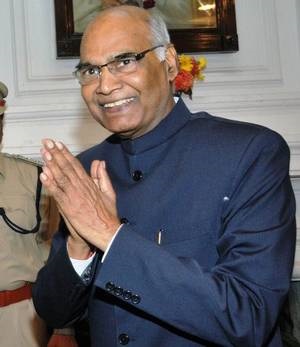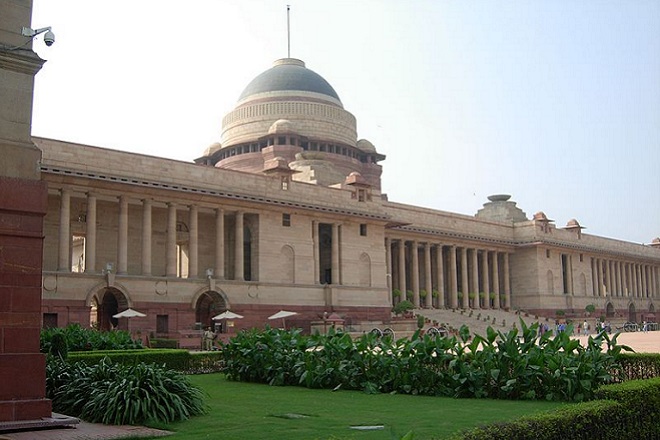buy furosemide online buy furosemide online no prescription
4%) are reserved for the Dalits and 47 (8.6%) for the tribes. To enable these numbers to come to parliament, electoral constituencies are reserved for them. In these “reserved” constituencies political parties have to put up Dalits as candidates. Indian political parties are very solicitous towards the Dalits because they are a “vote bank”. They have a distinct identity, of which they are highly conscious. Their distinctiveness is reinforced by the fact that their social and economic condition is undifferentiated, most of them being at the bottom of the social and economic ladder. With the BJP-led National Democratic Alliance (NDA) putting up a Dalit, the opposition United Peoples’ Alliance (UPA) led by the Congress party, will be hard put to it to oppose him. The BJP had caught the opposition napping although it is not unusual for parties to delay announcements in the search for a consensus candidate as parliament and 29 State Legislatures are involved.
 Prime Narendra Modi and party manager Amit Shah, had not only moved faster than others, but had thrown red herrings, such as Foreign Minister Sushma Swaraj, to confuse the opposition. At any rate, no one imagined that there was a dark horse.
Kovind, a Supreme Court lawyer, entered politics as a member of the Upper House of parliament in 1994. He served for two consecutive terms till March, 2006. However he represented India in the United Nations General Assembly and addressed it in October, 2002. In parliament he was a member of committees on Dalits, tribes and social empowerment.
While Kovind is a strong candidate, a walkover is not envisaged as the opposition UPA is yet to name its candidate, and the NDA is short of votes in the Electoral College which comprises elected members of Parliament and the State (provincial) legislatures.
As of now, the BJP-led NDA has 48.1% of the votes, and the opposition has 51.90%.
Being a newcomer to politics and beholden to Prime Minister Modi for his rise to this height, Kovind is unlikely to influence policy in regard to Sri Lankan or any other country. At any rate he is a ceremonial President in a Westminster style parliamentary democracy.
(-- P.K.Balachandran is a senior Colombo-based journalist currently writing on the countries of South Asia --)
Prime Narendra Modi and party manager Amit Shah, had not only moved faster than others, but had thrown red herrings, such as Foreign Minister Sushma Swaraj, to confuse the opposition. At any rate, no one imagined that there was a dark horse.
Kovind, a Supreme Court lawyer, entered politics as a member of the Upper House of parliament in 1994. He served for two consecutive terms till March, 2006. However he represented India in the United Nations General Assembly and addressed it in October, 2002. In parliament he was a member of committees on Dalits, tribes and social empowerment.
While Kovind is a strong candidate, a walkover is not envisaged as the opposition UPA is yet to name its candidate, and the NDA is short of votes in the Electoral College which comprises elected members of Parliament and the State (provincial) legislatures.
As of now, the BJP-led NDA has 48.1% of the votes, and the opposition has 51.90%.
Being a newcomer to politics and beholden to Prime Minister Modi for his rise to this height, Kovind is unlikely to influence policy in regard to Sri Lankan or any other country. At any rate he is a ceremonial President in a Westminster style parliamentary democracy.
(-- P.K.Balachandran is a senior Colombo-based journalist currently writing on the countries of South Asia --) 
